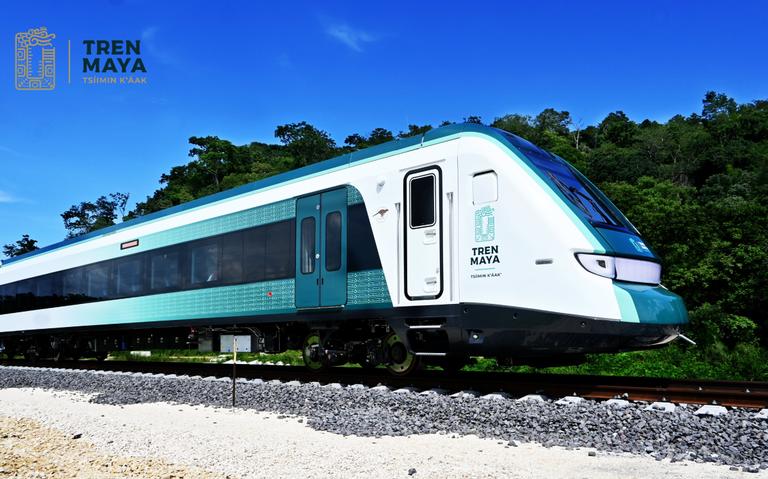Mexican Speleologist – or cave expert – Roberto Rojo knows the jungle like his own backyard, but what he is currently seeing on Mexico’s Yucatán Peninsula is unlike anything he’s ever witnessed before.
A long, deforested swathe now cuts through the rainforest south of the popular holiday resort of Cancún on the tip of the southeastern peninsula. Thousands of large construction pillars penetrate the ground every 15 meters in anticipation of the Tren Maya, a new railway line being created to ferry millions of tourists from the Caribbean beaches through to various ancient Maya sites in the rainforest across the Yucatán Peninsula.
While the massive infrastructure project is hoped to bring a needed tourism boost to a relatively poor region of the country, environmental groups, and indigenous communities have criticized the construction over what it could do to the region’s natural life.
The first section of the 1,554-kilometre train network was inaugurated in December, following three and a half years of construction.
“The Tren Maya will bring economic and social development to the south-east,” said President Andrés Manuel López Obrador.
But all that’s currently visible to Rojo at the dusty construction site near Playa del Carmen, a resort on Mexico’s Caribbean coast, is destruction. López Obrador’s megaproject cuts the rainforest in half and causing irreversible damage to the ecosystem, says the biologist and activist.
“Down there is the aquifer on which all the plants, animals and people in the region depend,” says Rojo, referring to the underwater cave system in the area.
The Tren Maya will initially run between San Francisco de Campeche on the Gulf of Mexico and Cancún in the Caribbean. The route is 473 kilometres long and runs partly on a former railway line. By the end of February, the entire network with 34 stops in five states should be complete, including the most controversial sections through karst areas and rainforest.
Mexcio’s Amazon rainforest
Elias Siebenborn, a German native who’s been living in the region for 12 years and works as a travel guide, has been documenting the effects of the megaproject on the environment.
Equipped with a GPS device, he sets up in the middle of nowhere and sends off his drone over the dense vegetation until it comes across the railway line. “You can see it here,” he says, pointing to the live image transmitted by the UAV: a kilometre-long track cuts through the previously untouched lush green.
The German has already documented 121 small, medium and large underground caves along the railway line between Playa del Carmen and Tulum, a city home to ancient Maya ruins perched on a cliff overlooking the Caribbean Sea – a major draw for tourists.
Underground rivers criss-cross the Yucátan Peninsula through the cave system all the way to the sea.
“I used to go into the rainforest to photograph birds,” Siebenborn says. But when construction on the Tren Maya began, he started recording the damage caused by the project. “I would never have thought how extreme it was.”
The Selva Maya stretching across Mexico, Guatemala and Belize is the largest rainforest area in the Americas after the Amazon, home to the ruins of the mighty Mayan city Chichen Itza.
The site will be among those connected by the new railway line, which will also include tracks for normal passenger and cargo trains.


